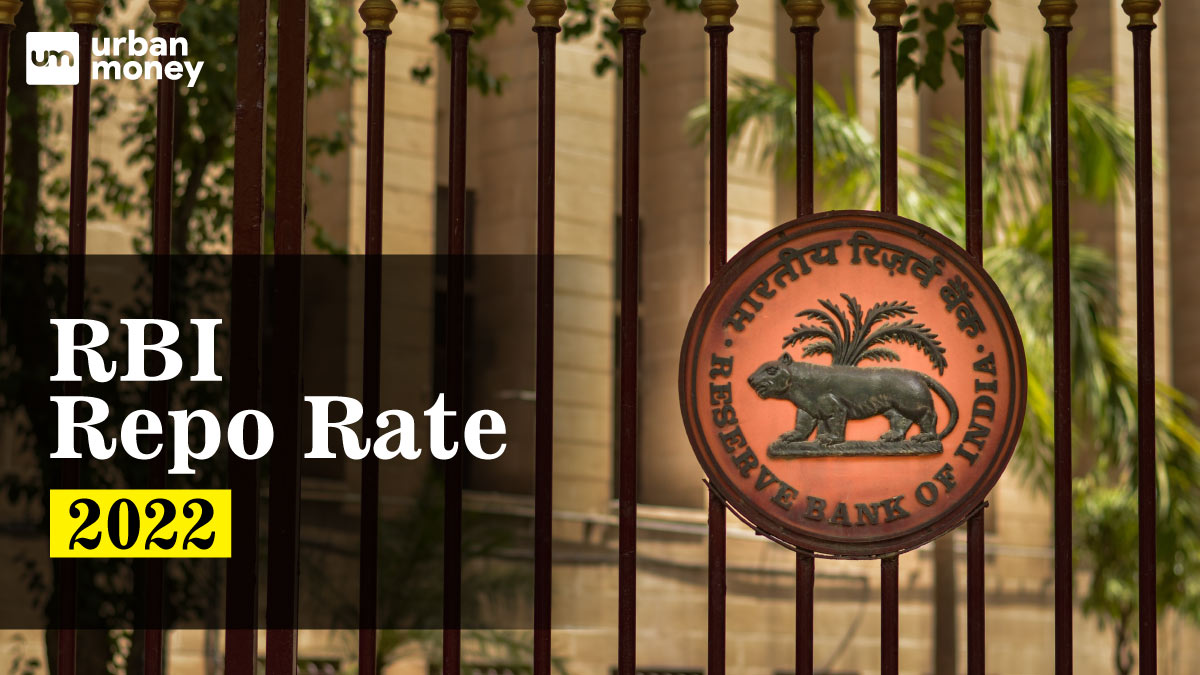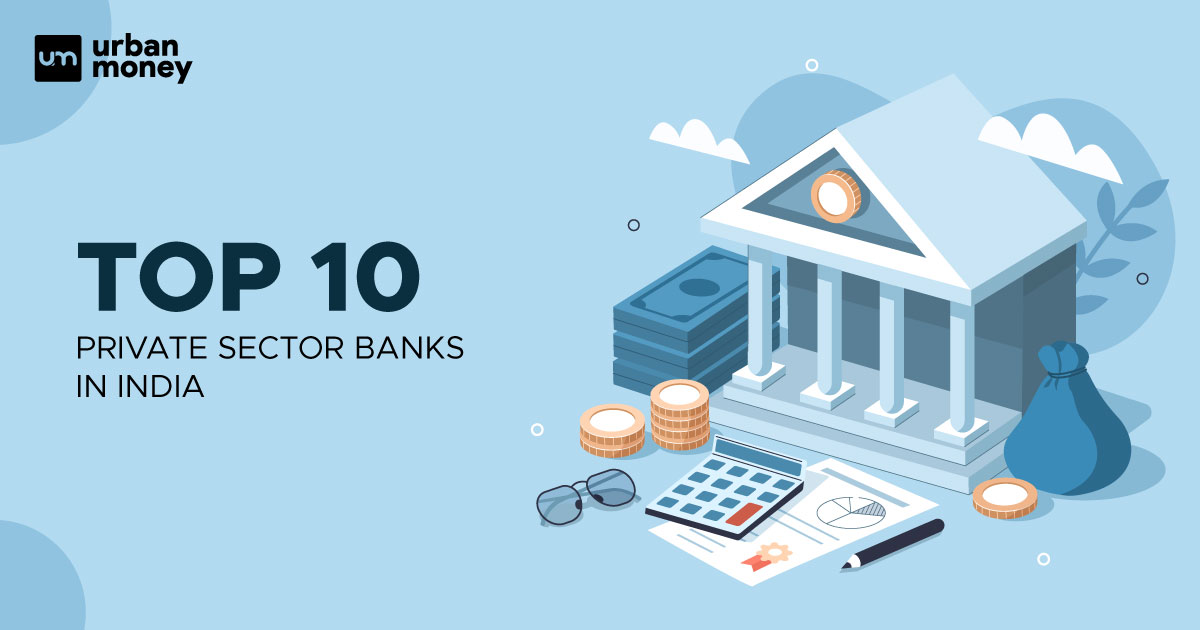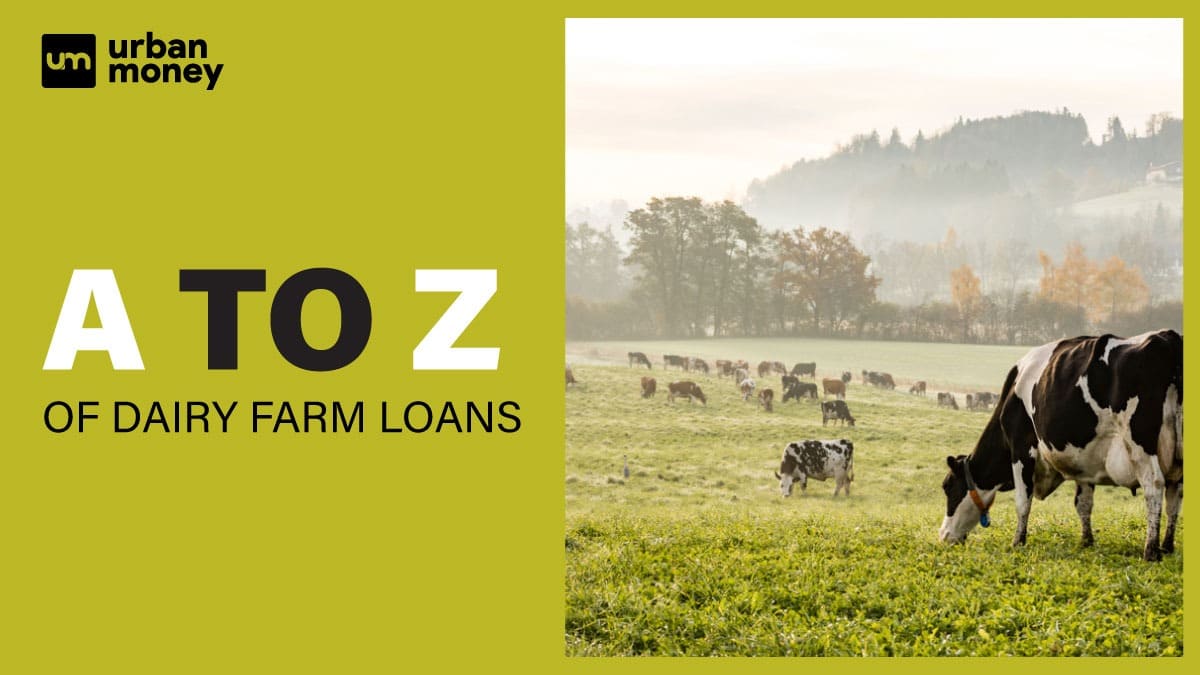Top 10 Best Private Banks in India List 2025
January 09, 2025
October 01, 2022


The Reserve Bank of India (RBI) increased the Repo Rate by 50 basis points, making it clock at 5.90%. In the previous five months, interest rates rose by 190 basis points, making this the fourth consecutive increase in the Repo Rate 2022.
The Central Bank lifted rates on May 4, 2022, after keeping key lending rates at the same level for nearly two years, after cutting the repo rate in March 2020 to combat Covid-induced economic crisis. Inflation measured by the Consumer Price Index, which the Central Bank takes into account to determine its benchmark rate, was recorded at 7% in August.
The latest move of the Reserve Bank of India comes after the US Federal Reserve raised rates for the third time in a row by 0.75% points.
As a result, the benchmark clocked at 3.25 to 3.5%.
Home loan borrowers are likely to encounter hard times ahead of them. As the Reserve Bank of India (RBI) upped the repo rate 2022 once more, borrowers’ home loan interest rates may climb soon. The repo rate has increased by 50 basis points at the Central Bank.
The pinch of increase in the past RBI monetary policy Repo Rate announcements since May 2022 was already being felt by many home loan borrowers. In light of the current high inflation, another policy rate increase will only worsen their problems.
Numerous banks’ home loan interest rates reflect the RBI’s policy increase since May 2022. Depending on the sort of benchmark that the lender has chosen, there has been a proportional increase in house loan interest rates even though the RBI boosted the repo rate by 140 points from May.
The Repo Rate (RR) is the interest rate at which the Reserve Bank of India, the nation’s central bank, loans money to commercial banks or other financial institutions in place of securities to preserve liquidity when there is a lack of funds or due to regulatory requirements. It appears to be the RBI’s important initiative to control inflation. Any changes to the repo rate impact money movement in the market. The repo rate as of today is 5.40% per annum.
The table below shows the RBI Repo Rate for September 2022.
| Specification | Rate |
| RBI Repo Rate | 5.40% |
| Current Bank Rate | 5.15% |
| Current Reverse Repo Rate | 3.35% |
| Marginal Standing Facility Rate | 5.15% |
The following are some of the elements of the Repo Rate transaction among both banks and the RBI:
The following table decodes the RBI repo rate change in India from October 2005 to September 2022.
| Effective Date | RBI Repo Rate | Repo Rate Percentage Change |
| 5th August, 2022 | 5.40% | 0.5% |
| 8th June, 2022 | 4.90% | 0.5% |
| May, 2022 | 4.40% | 0.4% |
| 9th October, 2020 | 4.00% | 0.00% |
| 6th August, 2020 | 4.00% | 0.00% |
| 22nd May, 2020 | 4.00% | 0.40% |
| 27th March, 2020 | 4.40% | 0.75% |
| 6th February, 2020 | 5.15% | 0.25% |
| 7th August, 2019 | 5.40% | 0.35% |
| 6th June, 2019 | 5.75% | 0.25% |
| 4th April, 2019 | 6.00% | 0.25% |
| 7th February, 2019 | 6.25% | 0.25% |
| 1st August, 2018 | 6.50% | 0.25% |
| 6th June, 2018 | 6.25% | 0.25% |
| 2nd August, 2017 | 6.00% | 0.25% |
| 4th October, 2016 | 6.25% | 0.25% |
| 5th April, 2016 | 6.50% | 0.25% |
| 29th September, 2015 | 6.75% | 0.50% |
| 2nd June, 2015 | 7.25% | 0.25% |
| 4th March, 2015 | 7.50% | 0.25% |
| 15th January, 2015 | 7.75% | 0.25% |
| 28th January, 2014 | 8.00% | -0.25% |
| 29th October, 2013 | 7.75% | -0.25% |
| 20th September, 2013 | 7.50% | -0.25% |
| 3rd May, 2013 | 7.25% | -0.50% |
| 17th March, 2011 | 6.75% | -0.25% |
| 25th January, 2011 | 6.50% | -0.25% |
| 2nd November, 2010 | 6.25% | -0.25% |
| 16th September, 2010 | 6.00% | -0.25% |
| 27th July, 2010 | 5.75% | -0.25% |
| 2nd July, 2010 | 5.50% | -0.25% |
| 20th April, 2010 | 5.25% | -0.25% |
| 19th March, 2010 | 5.00% | -0.25% |
| 21st April, 2009 | 4.75% | 0.25% |
| 5 March, 2009 | 5.00% | 0.50% |
| 5th January, 2009 | 5.50% | 1.00% |
| 8th December, 2008 | 6.50% | 1.00% |
| 3rd November, 2008 | 7.50% | 0.50% |
| 20th October, 2008 | 8.00% | 1.00% |
| 30th July, 2008 | 9.00% | -0.50% |
| 25th June, 2008 | 8.50% | -0.50% |
| 12th June, 2008 | 8.00% | -0.25% |
| 30th March, 2007 | 7.75% | -0.25% |
| 31st January, 2007 | 7.50% | -0.25% |
| 30th October, 2006 | 7.25% | -0.25% |
| 25th July, 2006 | 7.00% | -0.50% |
| 24th January, 2006 | 6.50% | -0.25% |
| 26th October, 2005 | 6.25% | 00.00 |
The Reserve Bank of India doesn’t change the Repo Rate at any movement. Several factors drive repo rate change, including high inflation. During inflation, the utmost priority is to bring down the flow of money within the economy, and the foremost way to do so is by escalating the repo rate. The repo rate hike makes borrowing capacity costly for businesses and industries. Further, it halts the investment and supply of money across the market.
Even a minute change in the basis points, i.e. BSP in Repo Rate, creates a huge impact. The higher impact can be witnessed in the availability of credit, inflation, liquidity, and economic activities across the country. The slightest change in the nation’s financial ecosystem can either flourish the economy or make it suffer. During inflation, the RBI has to push down the nation’s economy to bring the much-needed stabilisation.
RBI Repo Rate hike or reduction can create the following impact:
When the RBI Repo Rate rises, banks and financial institutions become hesitant to borrow funds from the Reserve Bank of India to avoid paying higher interest rates. In such circumstances, banks safeguard themselves by restricting overspending cash reserves and minimising loan grants.
Repo rate hike halts the flow of money along with several economic activities. However, this helps in the prevention of inflation. When the Central Bank of India slashes the rate, banks get the opportunity to borrow and spend more together with more investment. Escalated cash flow further results in the economic boom and rapid business cycles.
When the RBI Repo Rate is high, banking institutions become bound to clear off their debts at higher interest amounts. To compensate for the same, banks charge higher interest rates to borrowers. In other words, RBI tries to discourage banks from borrowing money, and so does the bank from the borrowers.
This entire procedure drains the liquidity from the financial market, which somehow helps control the inflation rate. On the other hand, when the Repo Rate decreases, banks also reduce their interest rate to attract more borrowers. Such a scenario escalates home loan demands along with other loans.
During this time, individuals find financial instruments more alluring as they get the opportunity to secure them at lower interest rates. However, the banks also profit from the same. The enhanced flow of funds results in an economic boom.
People count on loans to meet their financial obligations but to furnish their long-term goals; people count on deposits. Any change in RBI Repo Rate also impacts the interest rates you get on fixed deposits and savings accounts. Repo Rate is the benchmark rate that all banking institutions provide financial instruments.
One of the most crucial concepts we must comprehend is the difference between repo rate and reverse repo rate. The distinctions include:









Top 10 Best Private Banks in India List 2025
January 09, 2025

Top10 List of Petrol Pump Companies in India
January 09, 2025

Dairy Farm Loan in 2025 : Online Procedure
January 09, 2025

Top 10 Best Bank for Home Loan In India…
January 09, 2025

Top10 Best Student Credit Cards in India 2025
January 09, 2025
© 2025 www.urbanmoney.com. All rights reserved.

Need Loan Assistance?